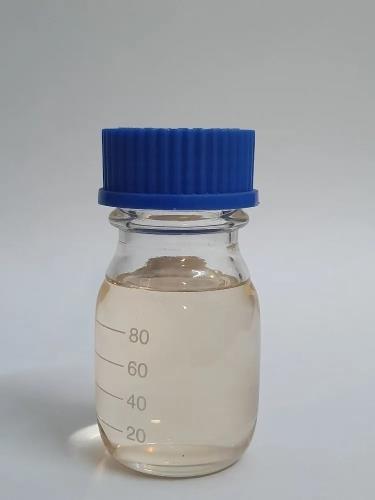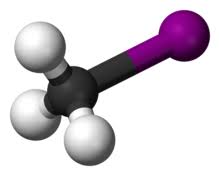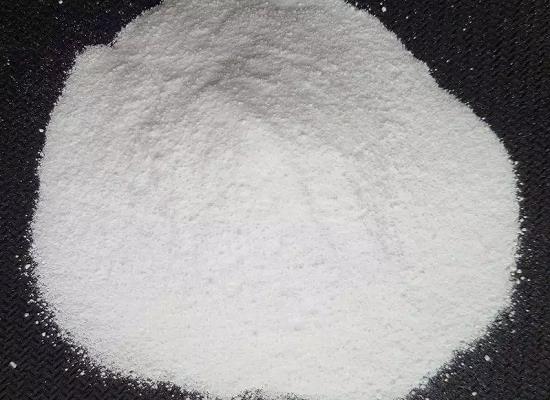Iodomethane: an alkyl halide
Introduction
Iodomethane, also called methyl iodide and commonly abbreviated "MeI," is a chemical compound with the formula CH3I. In terms of chemical structure, it is related to methane by the replacement of one hydrogen atom by an atom of iodine. It is naturally emitted by rice plantations in small amounts. It is also produced in vast quantities estimated to be greater than 214,000 tons annually by algae and kelp in the world's temperate oceans and lesser amounts on land by terrestrial fungi and bacteria. It is used in organic synthesis as a source of methyl groups.
Chemical Property
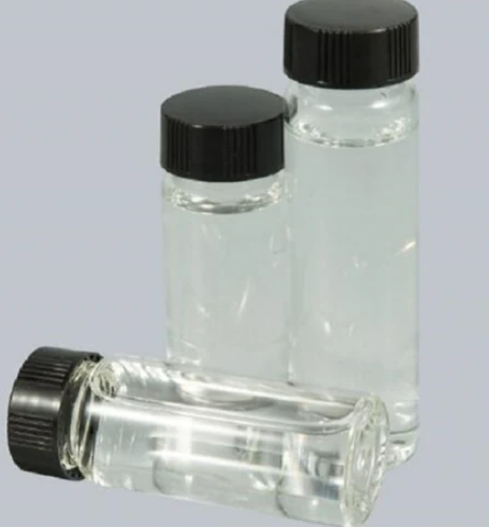
Iodomethane, an alkyl halide, is a colorless to pale yellow liquid with an acrid odor. It is stable at room temperature in sealed containers, non-corrosive to metals, and incompatible with strong oxidizing and reducing agents. On exposure to light and moisture, the color turns yellow, red, or brown due to decomposition and the liberation of free iodine. When heated to decomposition in the air at 270 degrees, toxic iodine vapors are emitted. Iodomethane is soluble in water and is miscible with alcohol and ether. The vapor pressure for methyl iodide is 400 mm Hg at 25 °C, and its log octanol/water partition coefficient (log Kow) is 1.51.
Uses
Iodomethane is used as an intermediate in manufacturing some pharmaceuticals and pesticides. Iodomethane is a pre-plant agricultural soil fumigant used to control insects, parasitic nematodes, soil-borne pathogens, and weed seeds. Iodomethane is approved in the United States for pre-plant application into soil used to grow crops, including strawberries, tomatoes, peppers, cut flowers, turf, trees, and vines. It is a viable alternative for methyl bromide, an ozone-depleting fumigant currently being phased out of use worldwide.
Iodomethane is stored as a liquid under pressure but volatilizes rapidly following injection into the soil. Iodomethane is a new agricultural active ingredient, and no human exposure incident reports related to agricultural uses exist. Iodomethane is used as an intermediate in the manufacture of some pharmaceuticals, in methylation processes, and the field of microscopy
Toxicity
Iodomethane is used as an intermediate in the manufacture of some pharmaceuticals and pesticides, in methylation processes, and in the field of microscopy. In humans, acute (short-term) exposure to methyl iodide by inhalation may depress the central nervous system (CNS), irritate the lungs and skin, and affect the kidneys. Massive acute inhalation exposure to methyl iodide has led to pulmonary edema. Acute inhalation exposure of humans to methyl iodide has resulted in nausea, vomiting, vertigo, ataxia, slurred speech, drowsiness, skin blistering, and eye irritation. Chronic (long-term) exposure of humans to methyl iodide by inhalation may affect the CNS and cause skin burns. EPA has not classified methyl iodide for potential carcinogenicity.
You may like
Related articles And Qustion
Lastest Price from Iodomethane manufacturers

US $1.00/kg2025-04-21
- CAS:
- 74-88-4
- Min. Order:
- 1kg
- Purity:
- 99%
- Supply Ability:
- 10 mt
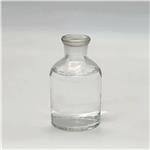
US $0.00-0.00/kg2025-04-21
- CAS:
- 74-88-4
- Min. Order:
- 1kg
- Purity:
- 99.99%
- Supply Ability:
- 20 tons

